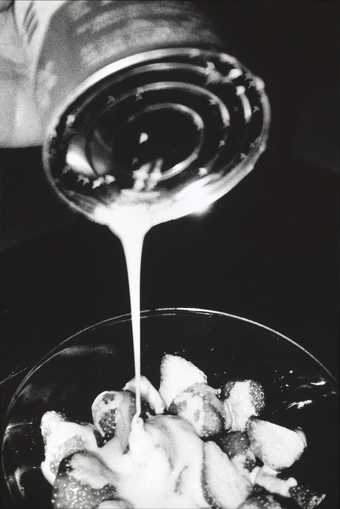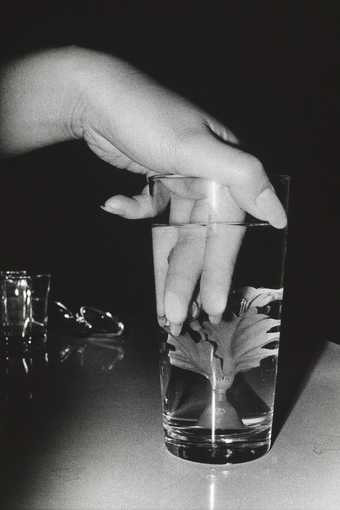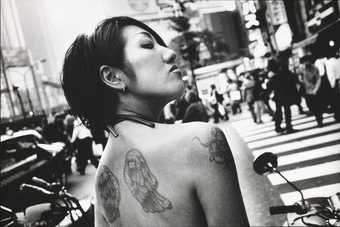[Foreign language spoken]
The event today is a recreation of what Daido Moriyama originally did in 1974. A few years after visiting New York in 1971 he decided to have an exhibition of that work; but rather than having prints on the wall, inspired by the pop art of what was happening in New York at that time, he decided to instead have a photocopy machine in the space, and a silk screen printing station.
People who came to the gallery, instead of seeing prints, they instead saw the photographer stationed at a photocopy machine, pressing copy buttons, creating individual layouts by moving his photographs around for each customer. He was still doing the edit and sequencing, but he was shuffling the pages as they were coming out, and he would put those sheets into a silk screen printed cover that was printed within the gallery. And while he was drying the silk screen, people were offered a cup of coffee. So it’s kind of a way of decamping the idea of what a photography exhibition should be.
[Foreign language spoken]
What we did in the modernisation of that event was to reintroduce this idea of giving the editing and sequencing power to the reader. It went from Daido scrambling his photos on a photocopy machine to the audience getting the sequence and edit from the work. But that is very much in keeping with Daido’s larger ideas and larger aesthetics.
[Foreign language spoken]
In many ways I see this event as the photographer flipping g back and forth between functioning as a photographer, a designer, an artist, all in one. His ability to embrace that and allow for all that continues to be inspiring, so it’s an honour to be able to restage it once again here at the Tate.



